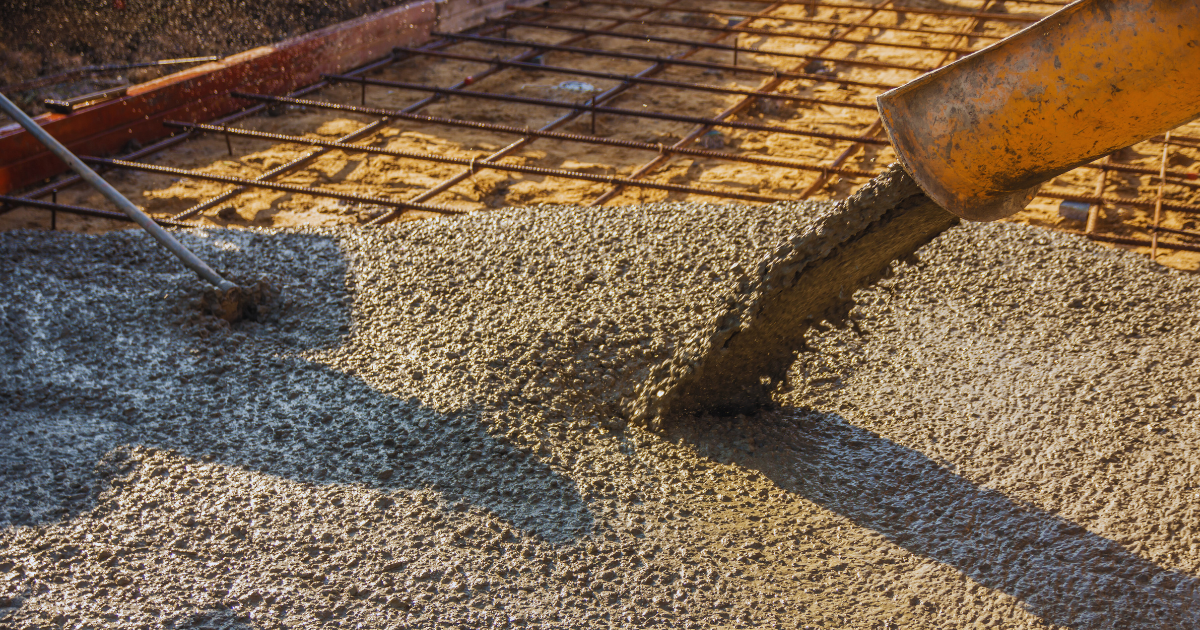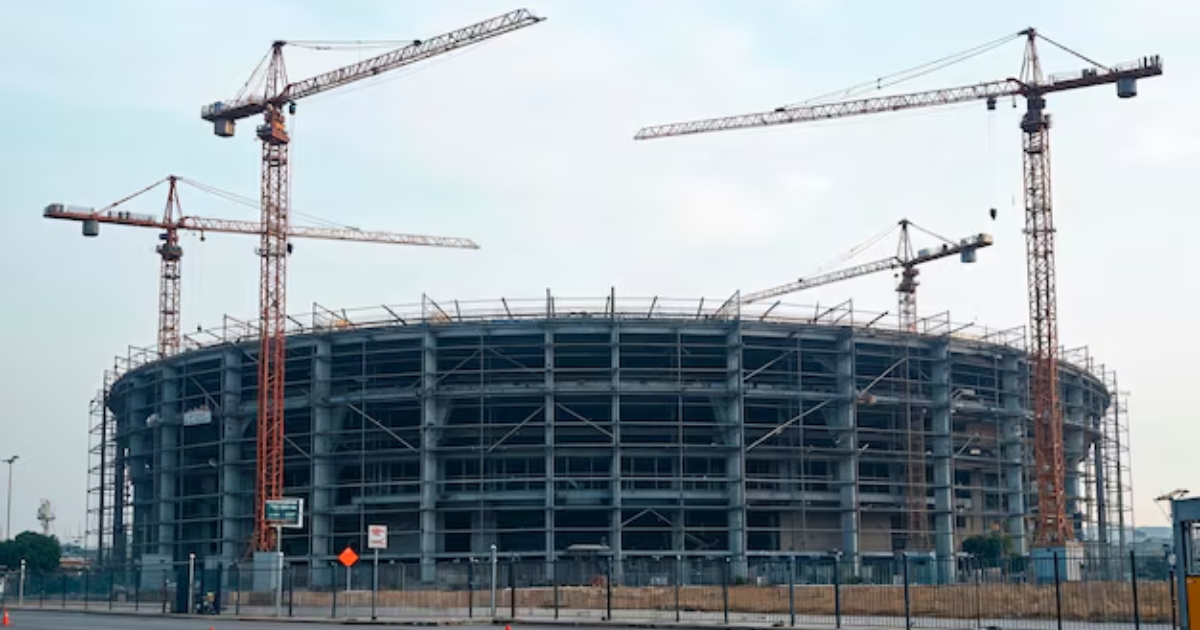In the field of modern construction, diaphragm walls play a critical role in ensuring the stability and integrity of various structures. These walls are essential for deep excavations, providing robust support in challenging soil conditions. Understanding the different diaphragm wall types is crucial for selecting the right solution for your project. In this comprehensive guide, we will delve into the various diaphragm wall types, their applications, advantages, and the key considerations for their implementation.
What are Diaphragm Walls?
Diaphragm walls are reinforced concrete walls constructed in situ, typically used for deep excavations to provide structural support and water-tightness. These walls are essential for building foundations, basements, underground structures, and retaining walls in challenging soil conditions. They are known for their strength, durability, and versatility in various construction applications.
Diaphragm Wall Types: An Overview
There are several diaphragm wall types, each with unique characteristics and applications. Understanding these types can help in choosing the most suitable solution for specific construction needs. The main diaphragm wall types include:
- Conventional Diaphragm Walls
- Secant Pile Walls
- Slurry Walls
- Precast Diaphragm Walls
- Soil Mixed Diaphragm Walls
1. Conventional Diaphragm Walls
Conventional diaphragm walls are the most common type used in construction. These walls are constructed using reinforced concrete, which is poured into a pre-excavated trench. The trench is supported by bentonite slurry to prevent collapse during excavation. Once the trench is ready, reinforcement cages are placed, and concrete is poured to form the wall.
Applications:
- Deep basements
- Underground parking structures
- Tunnel access shafts
- Retaining walls
Advantages:
- High structural strength
- Excellent water-tightness
- Suitable for deep excavations
Key Considerations:
- Requires specialized equipment and skilled labor
- Time-consuming due to excavation and concrete pouring process
2. Secant Pile Walls
Secant pile walls are constructed by drilling overlapping concrete piles to form a continuous wall. This method involves alternating primary (soft) and secondary (hard) piles. The primary piles are installed first, followed by the secondary piles, which cut into the primary piles, creating a continuous structure.
Applications:
- Excavation support in urban areas
- Underground infrastructure
- Flood defense walls
Advantages:
- Provides excellent water-tightness
- Can be constructed in confined spaces
- Suitable for variable soil conditions
Key Considerations:
- Requires precise drilling and overlapping of piles
- Higher construction cost compared to conventional diaphragm walls
3. Slurry Walls
Slurry walls are constructed using a similar method to conventional diaphragm walls but with a continuous trench filled with a bentonite slurry mixture. The slurry supports the trench walls during excavation. Reinforcement cages are placed, and concrete is poured to displace the slurry, forming the wall.
Applications:
- Water control structures
- Contaminated site containment
- Deep excavations
Advantages:
- Effective in controlling groundwater
- Suitable for contaminated soils
- Provides continuous support during excavation
Key Considerations:
- Requires careful management of slurry mix
- Potential environmental concerns with slurry disposal
4. Precast Diaphragm Walls
Precast diaphragm walls involve the use of precast concrete panels that are installed in a pre-excavated trench. These panels are joined together to form a continuous wall. This method is less common but offers certain advantages in specific situations.
Applications:
- Rapid construction projects
- Temporary retaining walls
- Areas with space constraints
Advantages:
- Faster construction compared to in-situ methods
- High-quality control in precast manufacturing
- Reduced on-site labor requirements
Key Considerations:
- Requires precise alignment and installation of panels
- Limited to specific project requirements
5. Soil Mixed Diaphragm Walls
Soil mixed diaphragm walls are constructed by mixing the in-situ soil with cement and other binding agents to create a solid wall. This method involves the use of special mixing equipment to blend the soil and binding agents, forming a continuous wall.
Applications:
- Soil stabilization projects
- Contaminated site containment
- Underground infrastructure
Advantages:
- Utilizes existing soil, reducing material costs
- Suitable for contaminated or weak soils
- Provides continuous support during mixing process
Key Considerations:
- Requires specialized mixing equipment
- Performance depends on soil and binder compatibility
Choosing the Right Diaphragm Wall Type
Selecting the appropriate diaphragm wall type depends on various factors, including soil conditions, project requirements, and budget considerations. Here are some key factors to consider when choosing the right diaphragm wall type:
1. Soil Conditions
Understanding the soil conditions at the construction site is crucial. Different diaphragm wall types perform better in specific soil conditions. For example, conventional diaphragm walls and slurry walls are suitable for deep, stable soils, while secant pile walls and soil mixed diaphragm walls are better for variable or weak soils.
2. Project Requirements
The specific requirements of the project, such as wall depth, load-bearing capacity, and water-tightness, play a significant role in choosing the right diaphragm wall type. For projects requiring high structural strength and water-tightness, conventional diaphragm walls or slurry walls may be the best choice. For projects with space constraints or rapid construction needs, precast diaphragm walls offer advantages.
3. Budget Considerations
Budget constraints are always a factor in construction projects. Some diaphragm wall types, such as conventional diaphragm walls, may have higher initial costs due to specialized equipment and labor requirements. However, they offer long-term benefits in terms of durability and performance. On the other hand, soil mixed diaphragm walls can be more cost-effective for specific applications.
4. Environmental Impact
Consider the environmental impact of the chosen diaphragm wall type. Methods involving slurry or chemical binders may have environmental implications that need to be managed. Choosing environmentally friendly construction practices can help mitigate potential negative impacts.
Conclusion
Diaphragm walls are essential components in modern construction, providing crucial support and stability for deep excavations and underground structures. Understanding the different diaphragm wall types is vital for selecting the right solution for your project. Whether it’s the high structural strength of conventional diaphragm walls, the water-tightness of secant pile walls, or the cost-effectiveness of soil mixed diaphragm walls, each type offers unique advantages and applications.
By considering factors such as soil conditions, project requirements, budget constraints, and environmental impact, you can make an informed decision and ensure the success of your construction project. Embrace the versatility and reliability of diaphragm wall types to achieve durable and stable structures that stand the test of time.







